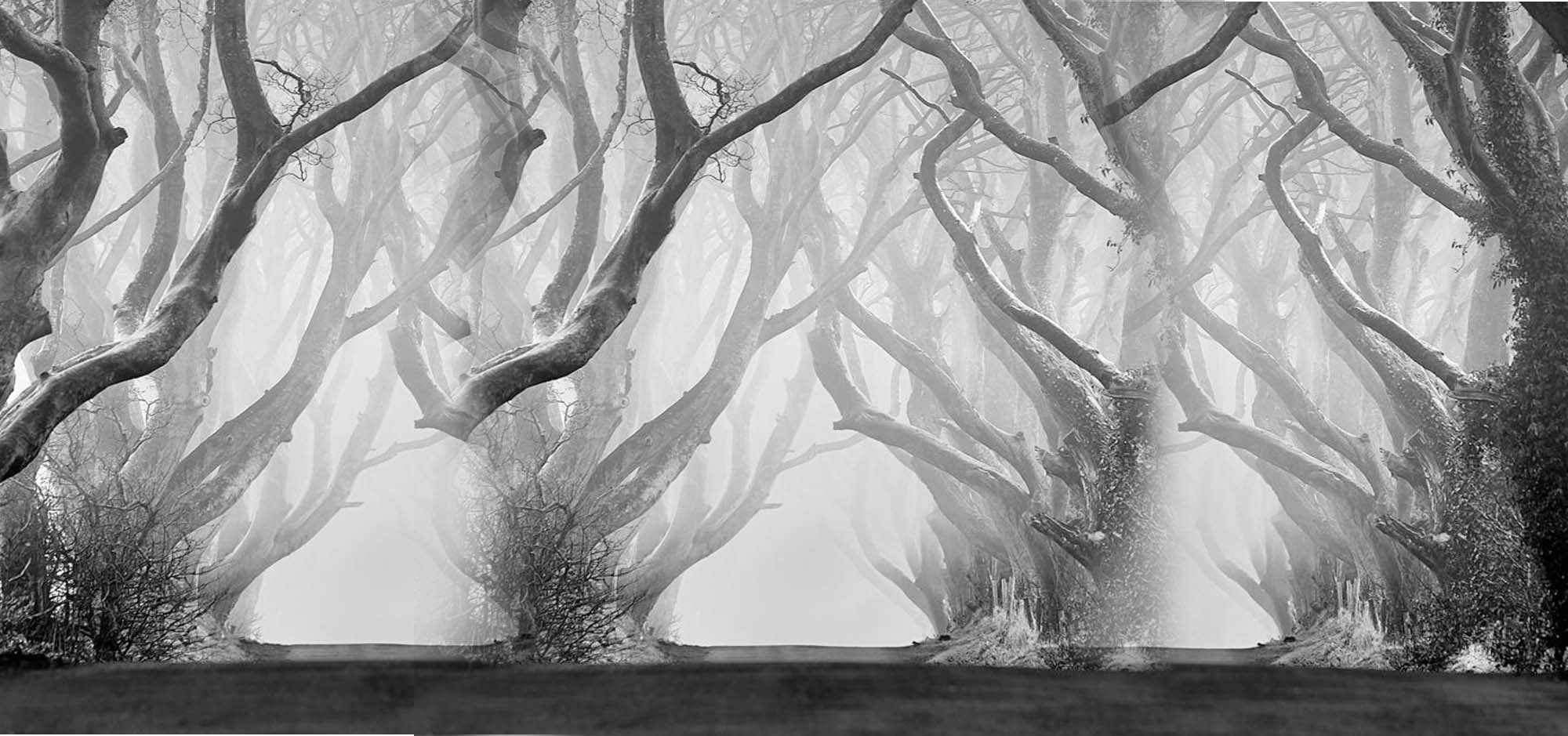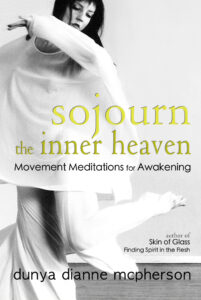ROOTS
Body itself
is the fabric of consciousness.
Ancient Roots
In developing Dancemeditation™, Dunya has sourced three expansive fields—Art, the ephemeral realm of Aesthetics and Expression; Somatics, the awakening of embodied awareness; and Sufi Mysticism, the uniquely personal sense of relationship to the Beyond. When she set out to teach, she followed in the footsteps of her teachers and mentors, imparting knowledge as she had learned it with no conscious effort to create something different.
Dunya drew on Western sources for their color, texture, and their ability to inspire and unlock the body-being’s imaginal capacities; on Somatics for healing—she often needed to mend from injury—and for deepening embodiment; and on the underlying mystical field of awareness informed by Sufi methods, which hypnotize and entrain.
However, as she continued to develop her work, she encountered the body-denying assumptions of all three traditions. Western dance, with its physically grueling and often abusive demands, operated as a relentless cycle of criticism and correction aimed at manifesting desirable artistic forms. Sufi, in its charge toward transcendence, carried an implicit dismissal of the physical plane—a reflection of the centuries-old mind/body schism that privileged the mind as spiritual while relegating the body as base. Somatics, though seemingly gentler, functioned within a therapeutic model that justified body connection primarily for the sake of improvement—a subtle form of correction. Each of these traditions sought to externally alter the individual in ways that were, to varying degrees, punitive. Even Somatics, despite its healthful approach, was built on the premise that injury signified weakness, disability, or even moral failing. These influences belonged to the past and were not the direction in which Dancemeditation was evolving.

Reaching in More Deeply
None of the root traditions aligned with McPherson’s understanding of the relationship between body and spirit. These traditions maintained that the body was merely a vessel—a glass holding the water of spirit—while McPherson experienced body and spirit as glass and water combined. Over time, the perceived rift between body and spirit dissolved, revealing that the body itself is the fabric of consciousness. Though this realization might seem like a simple shift in perspective, the journey to it was anything but trivial, especially within a body dulled by cultural misinformation.
Embodied Myticism
Dunya understood that a kind, inclusive embodiment was crucial for the full experience of one’s humanity. When disconnected from the body, we lose our natural resonance with the world around us and struggle to find contentment in the gifts of existence—Earth, sky, animals, and fellow humans. Without embodied connection, we remain unable to rest in communion with the present moment. She pioneered a new synthesis based in this foundation.
Dancemeditation™ is embodied mysticism.



